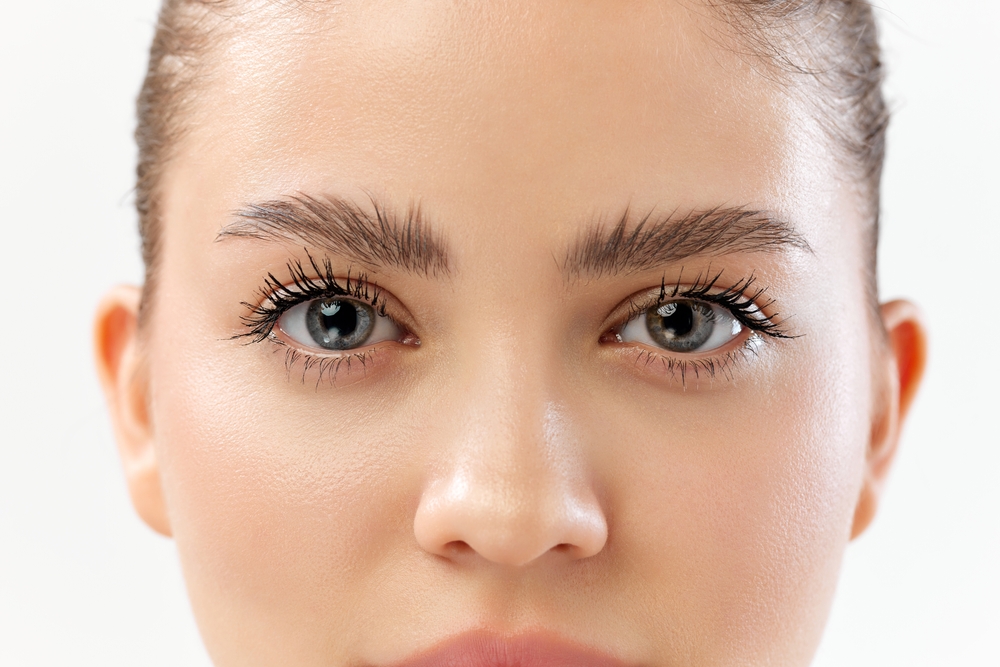
Dry Eye Syndrome: Causes, Symptoms, and Treatment Options
Dry Eye Syndrome is a common and often uncomfortable condition that affects millions of people worldwide. Understanding its causes, symptoms, and treatment options can help you find relief and protect your vision. At Kahala Eye Clinic, we specialize in diagnosing and treating dry eye to help you enjoy clear and comfortable vision.
What Is Dry Eye Syndrome?
Dry Eye Syndrome occurs when your eyes don’t produce enough tears or when the tears evaporate too quickly, leading to irritation and discomfort. Tears are essential for maintaining healthy eyes, providing lubrication, washing away debris, and protecting against infection. Without adequate tear production or quality, your eyes can become red, irritated, and inflamed.
Common Causes of Dry Eye
One of the most common underlying causes of dry eye is Meibomian Gland Dysfunction (MGD). These tiny glands, located along the edges of your eyelids, produce the oily layer of your tears. This oil prevents tears from evaporating too quickly. When these glands are blocked or not functioning properly, tear evaporation increases, leading to dry eye symptoms.
Other common causes include:
• Aging: Tear production tends to decrease with age.
• Environmental Factors: Wind, smoke, and dry climates can exacerbate symptoms.
• Prolonged Screen Time: Staring at screens reduces blink rate, increasing dryness.
• Medical Conditions: Autoimmune diseases like Sjögren’s syndrome or rheumatoid arthritis.
• Medications: Antihistamines, decongestants, and certain antidepressants can reduce tear production.
Recognizing the Symptoms of Dry Eye Syndrome
Symptoms of dry eye can range from mild irritation to chronic discomfort and may include:
• Persistent dryness
• A gritty or sandy sensation
• Burning or stinging
• Sensitivity to light
• Redness in the eyes
• Blurred vision
• Watery eyes
If you’re experiencing any of these symptoms, it’s essential to consult an eye doctor for a proper diagnosis.
Diagnosing Dry Eye
At Kahala Eye Clinic, we use advanced diagnostic tools to identify the root cause of your dry eye. This includes evaluating tear production, tear film stability, and the health of your Meibomian glands. Personalized treatment plans ensure that your specific condition is addressed effectively.
Dry Eye Treatment Options
Treating dry eye often involves a combination of therapies tailored to your needs. Over-the-counter artificial tears provide temporary relief by adding moisture to your eyes. For more persistent cases, prescription drops like can help reduce inflammation and improve tear production.
Good eyelid hygiene can improve Meibomian gland function. Regularly cleaning your eyelids with specialized cleansers removes debris and bacteria that can contribute to dry eye. Warm compresses can help unblock Meibomian glands, promoting the flow of natural oils into your tear film.
Additionally, Omega-3 fatty acids found in fish oil or flaxseed oil supplements are known to support healthy tear production and reduce inflammation. Including omega-3s in your diet can be a simple way to manage dry eye symptoms.
Experience Dry Relief at Kahala Eye Clinic
Dry eye syndrome doesn’t have to disrupt your life. By addressing the underlying causes and providing personalized treatments, Kahala Eye Clinic is here to help you achieve lasting relief. Whether your symptoms are mild or severe, we’re committed to improving your eye health and comfort.
If your are experiencing dry eye symptoms, contact Kahala Eye Clinic to schedule comprehensive evaluation and take the first step toward more comfortable vision. Visit our office in Kahala, Hawaii, or call (808) 204-4300 to book an appointment today.




